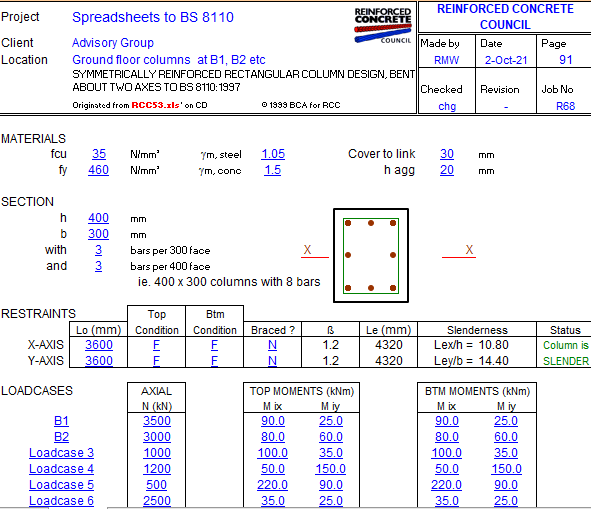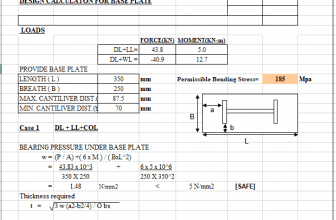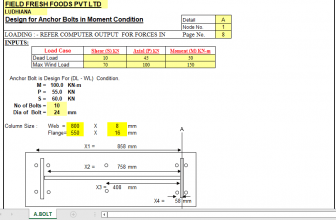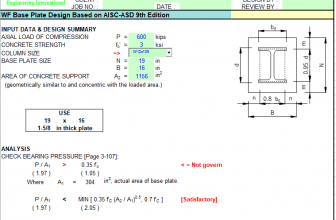
Introduction
Eccentrically loaded reinforced concrete columns are commonly exist in practice due to the existence of some bending moments. The eccentricity of the supported beams as well as the unavoidable imperfections of construction are the main sources of the developed bending moments in the columns under gravity loads. In addition, lateral loads due to wind or earthquake loading are another source of the developed bending moments on the columns. Therefore, the strength of the columns is controlled by the compressive strength of concrete, the tensile strength of the longitudinal reinforcements and the geometry of the column’ cross-section (Park and Paulay 1995; Nilson 2004; McCormac 1998; Yalcin and Saatcioglu 2000; MacGregor and Wight 2009. Contrasting to reinforced concrete beams, the compression failure cannot be avoided for eccentrically loaded columns since the type of failure is mainly dependent on the axial load level (Park and Paulay 1975.
Reinforced concrete columns are classified as short columns while the slenderness effect can be neglected or slender columns where the slenderness effect has to be included in the design. In order to distinguish between these two types, there are two important limits for slenderness ratio/index which are the lower and the upper slenderness limits. Most of the limit expressions provided by codes were derived assuming a certain loss of the column ultimate capacity due to the second order effect. Lower slenderness limits may be defined as the slenderness producing a certain reduction, usually 5–10 %, in the column ultimate capacity compared to that of a non-slender column (Mari and Hellesland 2005. Inspite that the lower slenderness limit of short column is mostly dependent on the adopted design standards. Figure 1 shows comparison among the limiting slenderness indices stipulated by the American Concrete Institute Code, ACI 318-14 (2014) the Canadian Standard Code, CSA A23.3-04 (R 2010) and the Egyptian Code of Practice, ECP 203-2007 (2007), where H e is the effective length of the column and i is the radius of gyration of the column cross-section. It can be noted that the limit stipulated by the ACI 318-14 depends on the relative end moments, while the limit adopted by the CSA A23.3-04 depends on both the end moments ratio and the axial load level. On the other hand, the ECP 203-07 adopts a fixed limit for the upper slenderness limit for the short column regardless of the end moments, the axial load level and the concrete strength, in order to distinguish between the short and the slender column.





